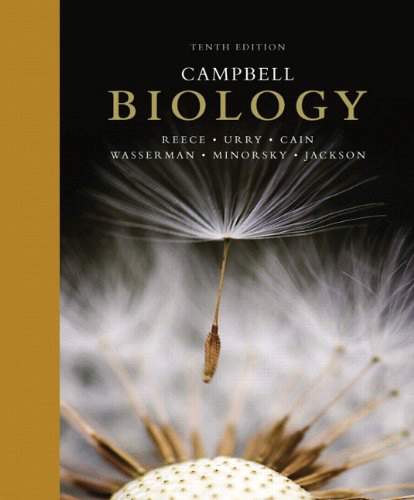Connecting...

This is a quick preview of the lesson. For full access, please Log In or Sign up.
For more information, please see full course syllabus of Biology
For more information, please see full course syllabus of Biology
Biology Protists
Lecture Description
In this lesson, our instructor Bryan Cardella gives an introduction on prostists. He explains the kingdom protista basics, protist origin, protist debate, plant-like protists, euglena structure, ulva life cycle, fungi-like protists, cellular slime mold life cycle, animal life protists, amoeba life cycle, and how protists impact humans.
Bookmark & Share
Embed
Share this knowledge with your friends!
Copy & Paste this embed code into your website’s HTML
Please ensure that your website editor is in text mode when you paste the code.(In Wordpress, the mode button is on the top right corner.)
×
Since this lesson is not free, only the preview will appear on your website.
- - Allow users to view the embedded video in full-size.
Next Lecture
Previous Lecture










































 Answer Engine
Answer Engine

0 answers
Post by Bryan Cardella on August 4, 2016
Dinoflagellate actually means "whirling tailed-one"
(yes, "dino" also means "terrible" like in the word dinosaur, but there is an alternate meaning too!)